Harmonize Your Resource Stack with IT Asset Optimization

Within every innocuous enterprise workstation exists untapped potential for savings and better system performance.
Over a decade of working on large-scale desktop transformation projects, I’ve seen a gradual erosion in price point to supply a managed desktop to a user. At the same time, complexity of these estates has dramatically increased, with new technologies and delivery platforms constantly being evolved and introduced, presenting opportunities to further lower the cost of delivery or ongoing management of systems.
Yet, many organizations haven’t realized the cost savings brought on by the so-called consumerization of IT. Rather, IT and users have been pitted as adversaries with conflicting objectives. This divide has grown as users have become accustomed to personal devices with “unlimited apps”, expecting their work devices to have equal performance, usability, and app availability. Just this morning I counted 78 “personal applications” installed on my cell phone, contrasted with the dozen or so applications on my laptop that I require to complete my work tasks. One thing’s certain – we are in application overload.
IT asset optimization is the answer to the dizzying influx of new technology in the workplace. By distilling hardware and applications down to what users need, organizations can streamline operational costs and focus IT efforts on improving the end-user experience.
As in any optimization discussion, the much-overused management phrase of “do more with less” comes out to play. The problem is, most organizations simply don’t know what they currently have (and how it’s being used), so they’re unable to even consider “doing more with less”.
Starting with what you’ve got (or think you’ve got)
Let’s start by declaring that simple inventory lists on spreadsheets do not work! When managed by procurement teams within organizations, such lists can offer a picture of what has been purchased, but in reality, how often are these updated by other teams in the organization?
For example, a Service Desk team might add more memory to a machine to fix an immediate problem and never update the spreadsheet, so the hardware change goes unaccounted for. Or devices change hands via HR as part of a leavers and joiners process, but the procurement team isn’t notified. Clearly, spreadsheets are dubiously reliable and won’t bail you out at the time of audit – we need to accurately establish what is deployed and used across the estate.
Identifying Waste
Ensuring that software usage is lower than the procured licenses obviously mitigates the hefty fines on organizations following a software audit (which we are seeing more frequently reported in the press). On the flipside, being over-licensed for software can also be a huge opportunity to reduce IT spend. With software representing ~30% of a desktop spend and ongoing software assurance averaging 20% of that cost, it is vital to ensure that as organizations we are paying for what is being used.
We can do so by harnessing workspace analytics data, which provides a vast amount of end-user-computing-related information. With the vast array of information captured around the user and device, workspace analytics provides a complete picture into not only what is installed on a device but also how and when applications are used. This gives the administrator an understanding of how frequently the applications are used (if at all), allowing them to make a variety of decisions pertaining to IT asset optimization, including provisioning, license optimization, and how reliably software packages can be delivered. Ultimately, this can lead to reducing licensing costs by removing applications and reclaiming licenses that see infrequent use.
Licensing can also be streamlined if administrators notice all end users require roughly the same software portfolio which can be covered more effectively by a different license with potentially dramatic financial consequences.
As the responsibility for software upkeep shifts from IT to service providers, it is equally as vital for IT to track whether providers are meeting their SLAs to ensure that organization aren’t paying for applications that go unused due to service-side performance issues.
Identifying Underutilized Systems and Intelligent Procurement
In a similar manner to exploring application usage to establish where licenses can be reclaimed, workspace analytics provides the insight to establish how devices and compute resource are being utilized across the estate. Understanding key performance metrics on each device allows for informed decisions not only on if new hardware is required, but also if the user or device is a suitable candidate for running on a lower-cost platform like presentation virtualization or, in the case of deskbound user, if a less expensive device can be utilized instead of a mobile laptop.
With the increasing hype towards cloud-based delivery of desktop and true DaaS models, understanding “by the minute” loading of resources gives administrators complete visibility into the resources both inside and between cloud-based systems to fully understand the new cost components of cloud-based systems and make informed, metric-based decisions on the suitability of users to move to these platforms. This kind of informed decision-making ensures that the costs of desktop transformation are known prior to procurement or moving to a new platform.
While the need to account for and manage assets is established from a risk-aversion angle, there is more to be gained from IT asset optimization beyond application license utilization management. Using workspace analytics to gather and upkeep accurate, real-user data, IT teams are positioned to streamline costs through need-based procurement and to maintain visibility into users’ experiences with cloud-delivered services by tracking SLAs and monitoring the performance of key technologies. With this user-centric viewpoint, IT and end users are on the same side. The same initiatives that result in simplified support for IT also align with what users need in order to be productive.
As we’ve noted before, “End Users Are People Too”. The IT asset optimization capabilities of workspace analytics give administrators another avenue through which to customize procurement and enhance the end-user experience.
Subscribe to the Lakeside Newsletter
Receive platform tips, release updates, news and more



